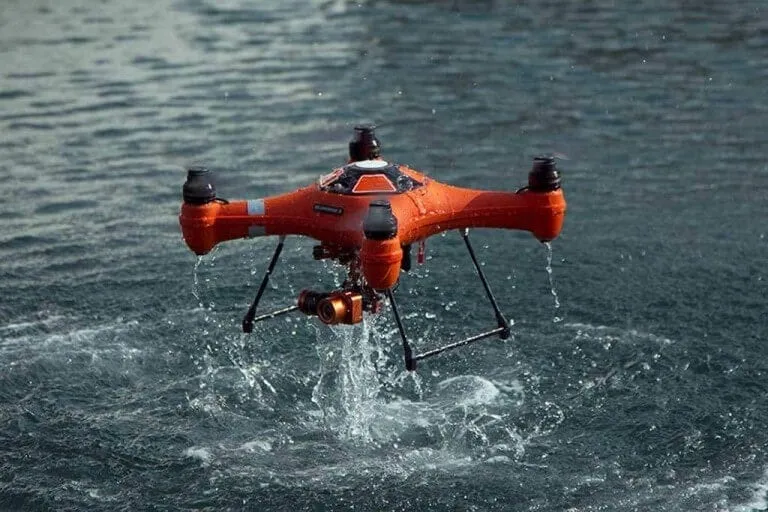Waterproof and Weather-Resistant Drones: Materials That Can Handle Any Climate
Drones have become an essential tool across various industries, from aerial photography and agriculture to search-and-rescue missions and infrastructure inspections. However, one of the biggest challenges drone operators face is adverse weather conditions. Rain, snow, humidity, and extreme temperatures can significantly impact drone performance, making waterproof and weather-resistant drones a necessity. To overcome these challenges, advancements in materials and innovative designs are enabling drones to withstand harsh environmental conditions, expanding their usability across different climates.
A drone’s ability to function in extreme weather depends on the materials used in its construction and the protective coatings applied to its components. Waterproof and weather-resistant drones are specifically designed to prevent water, dust, and temperature fluctuations from affecting their performance. Several key factors contribute to their durability. One crucial feature is sealed electronic components, where waterproof drones use protective enclosures for essential parts like flight controllers, batteries, and motors. Special conformal coatings, a thin waterproof layer, help prevent moisture damage to circuit boards. Additionally, corrosion-resistant materials like aluminum, carbon fiber, and corrosion-resistant alloys ensure durability in wet environments, especially for drones exposed to rain or saltwater.
Another important factor is waterproof motors, as traditional brushless motors can be damaged by water exposure. To combat this, encapsulated or coated motors prevent water from seeping in and causing failures. Weatherproof propellers, typically made from reinforced plastic or composite materials, ensure they do not degrade under extreme temperatures or moisture. Similarly, sealed battery compartments protect vulnerable battery units from water damage, with IP-rated enclosures (Ingress Protection-rated) offering protection from splashes, rain, and even full submersion in some cases. Furthermore, some drones incorporate hydrophobic coatings, using nano-coatings on exterior surfaces to repel water, ice, and dust. This keeps critical sensors and cameras clear for optimal performance.
The development of weather-resistant drones is transforming various industries by enabling operations in challenging conditions. Search-and-rescue teams can deploy drones during storms, floods, or extreme cold, providing real-time visuals in hazardous areas. In agriculture and crop monitoring, farmers can use drones in rainy or humid conditions, ensuring continuous surveillance of fields regardless of the weather. Similarly, maritime and offshore inspections greatly benefit from weatherproof drones, allowing oil rigs, cargo ships, and coastal infrastructure to be monitored even in rough oceanic conditions. The role of drones in disaster response and recovery is also expanding, as they help assess damage after hurricanes, earthquakes, or wildfires, assisting emergency responders in making informed decisions. Additionally, wildlife and environmental researchers use drones in extreme terrains like rainforests, deserts, and the Arctic, where unpredictable weather could otherwise hinder data collection efforts.
The future of waterproof and weather-resistant drones is being shaped by advancements in material science and AI-powered flight control. Researchers are actively experimenting with self-healing materials, advanced polymers, and AI-based navigation systems that can adapt to extreme weather in real time. In the coming years, we can expect drones that will be capable of full underwater operations, surviving in freezing conditions, and even withstanding hurricanes for crucial rescue or industrial applications.
Waterproof and weather-resistant drones are revolutionizing aerial technology by making UAVs more durable and adaptable. With cutting-edge materials, protective coatings, and intelligent engineering, drones are now capable of handling even the most challenging climates. As technology continues to evolve, we can expect even more resilient models that push the boundaries of what drones can achieve, ensuring their functionality in various industries, no matter the weather.
.png)






Leave a Comment
Your email address will not be published. Required fields are marked *